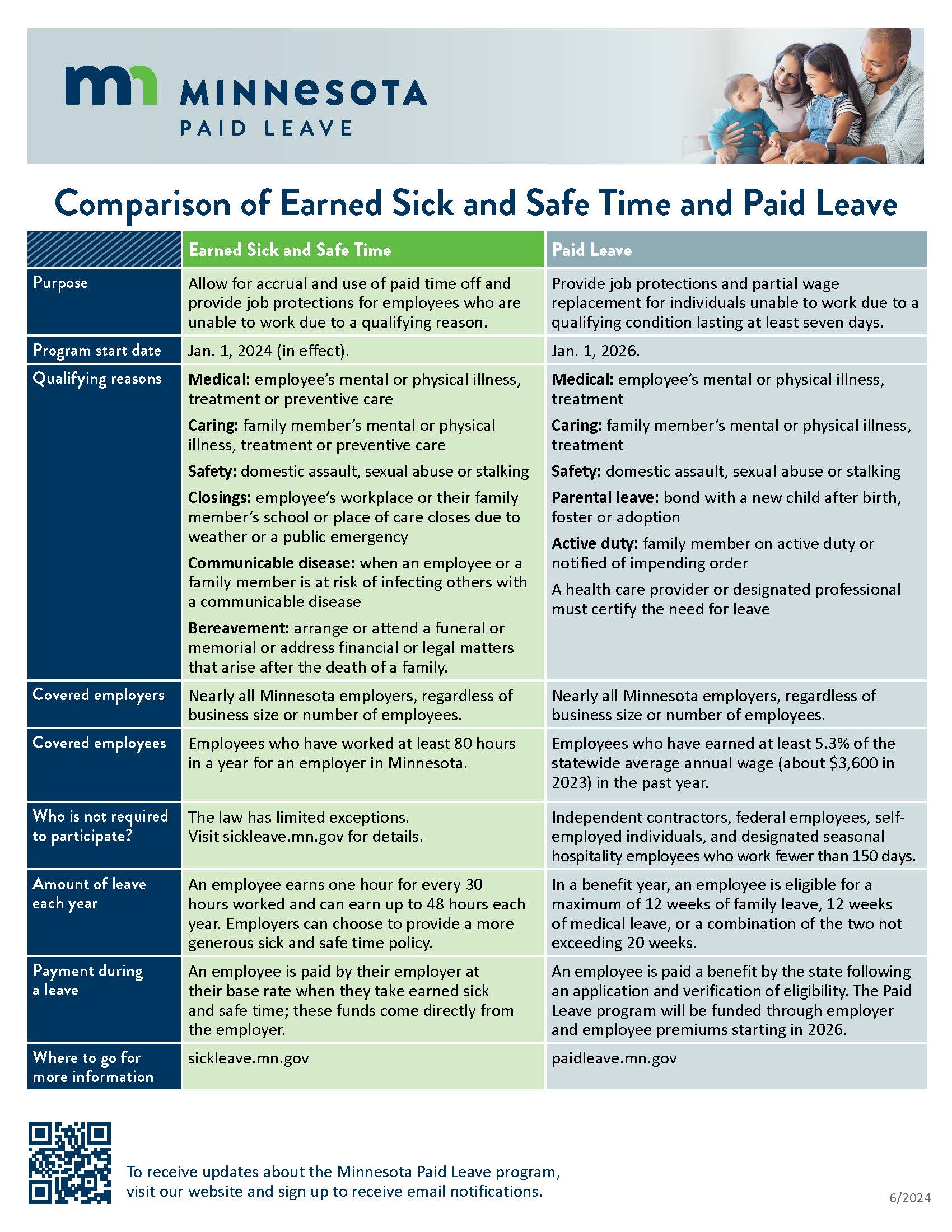A recent decision from the Minnesota Supreme Court demonstrates the potential workers’ compensation impact of school employees participating in sports and other games.
The state’s high court ruled in October 2025 that a middle school math teacher who tore her ACL while playing basketball with students during an afterschool practice was entitled to workers’ compensation benefits.
Minnesota workers’ compensation law says injuries that occur during “voluntary recreational programs” can be excluded from compensability, and the district argued her injury did not happen “in the course of employment.” But the court found that she tore her ACL within the scope of her job and the recreational program exclusion did not apply.
Justices reasoned that the law excludes injuries from employer-sponsored recreational programs only if the program benefits employees (e.g., wellness programs). Here, they ruled, the teacher participated for the students’ benefit, not her own.
It’s a good reminder for school districts that playtime with the kids could be a compensable work comp risk.
“If I were a school or district, I would tell staff to refrain from engaging in physical activities before, during or after the school day unless they are strictly supervising or being present to support the students,” said Mark Arrington, VP of Regional Business.
Facilitate, Don’t Participate
Employers may not be aware that their employees are at risk of injury when they participate in activities, coach or supervise others.
Sports, for example, often involve adult instructors who played the sport when they were younger, but now they are not in the same physical condition as the players on the field – and many times they are not wearing the same protective equipment such as pads and helmets. These factors raise their risk of serious injury even though they have deep experience in how to play the game.
Here’s a handy acrostic to help remember the important points of the “Facilitate, Don’t Participate” concept:
- Focus on teaching techniques, not participation
- Avoid activities which come with risk to teachers, paras and/or coaches
- Comply with your organizational policy on safe participation with student activity
- Inspire colleagues to coach and teach safely
- Lead student athletes appropriately in activities
- Injury while coaching/teaching is not an expectation of the job
- Train teachers, paras and/or coaches on what is acceptable and not acceptable for them to do
- Appropriate level of coaching includes facilitation of learning techniques without full-speed demonstration
- Teaching correct technique in controlled environments is key to avoiding injuries
- Engaging in play or coaching beyond instruction can and does lead to serious injuries
For more details, check out our Facilitate, Don’t Participate CompTalk, which includes a sample policy for such activities.

